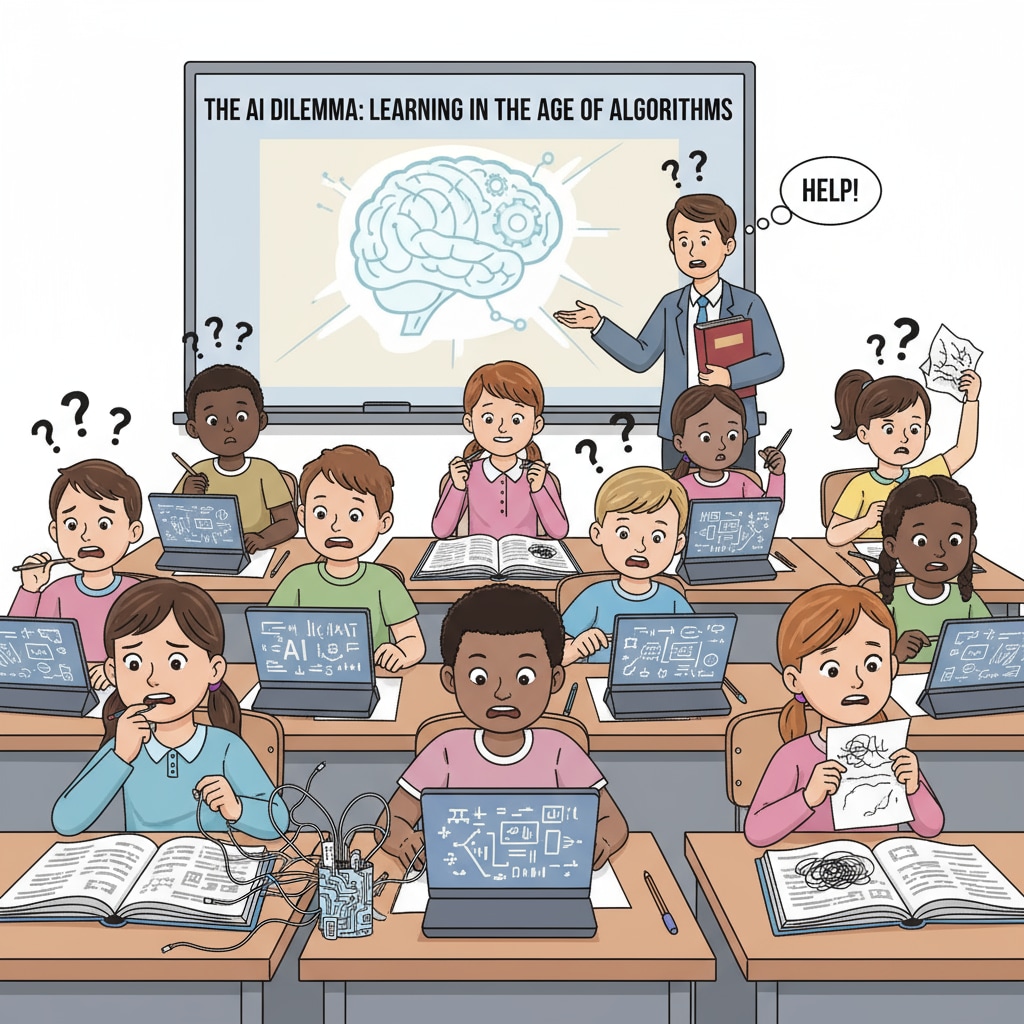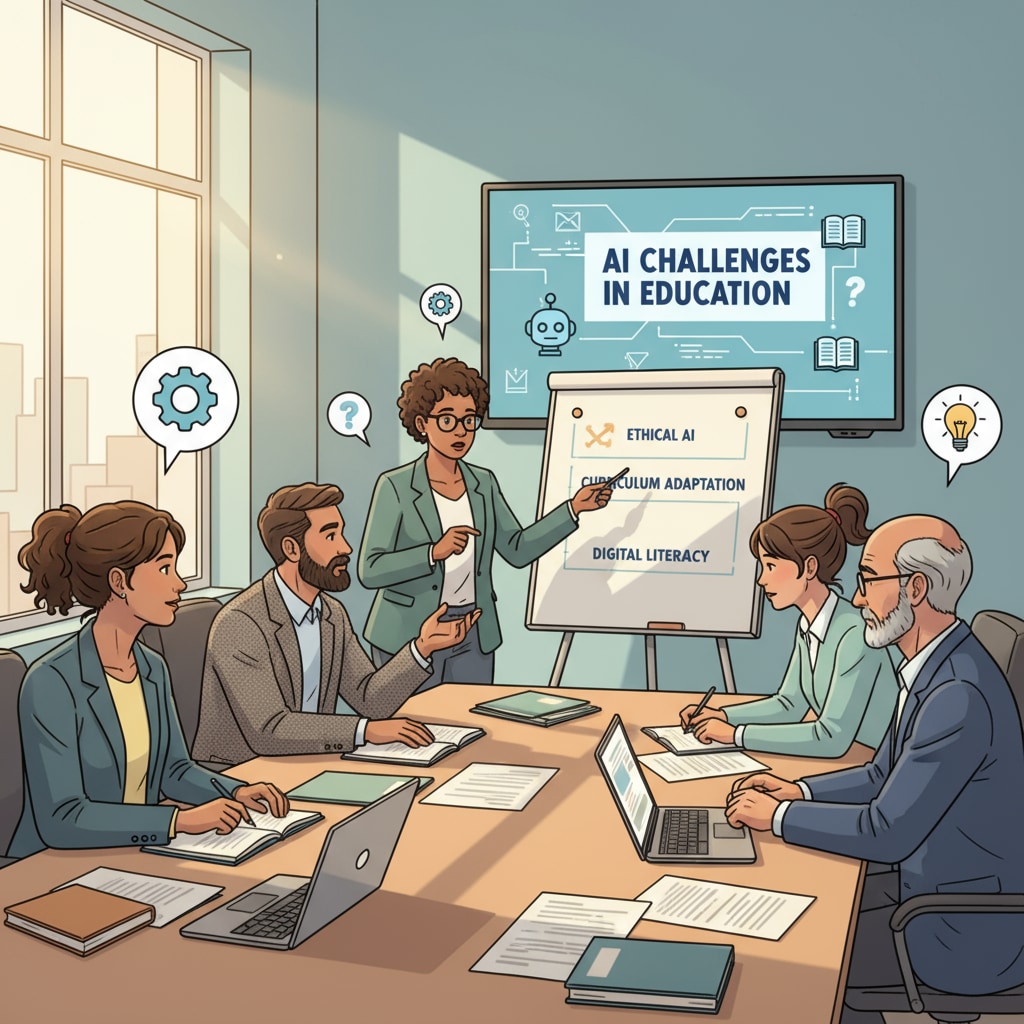Student writing, assignment authenticity, and educational purpose are at the crossroads in the era of rapidly advancing AI. The proliferation of AI-generated content tools has thrown K12 education into a new realm of challenges. As these tools become more accessible, the line between genuine student work and AI-generated submissions is blurring, raising serious questions about the integrity of education.

The Alarming Rise of AI in Student Submissions
The use of AI in student work has become a widespread concern. Teachers are increasingly noticing a stark mismatch between students’ in-class performance and the quality of their homework. For example, students who struggle to express themselves verbally in class may submit flawlessly written essays overnight. This sudden discrepancy indicates the possible use of AI writing tools. According to a report by EdSurge, many educators are grappling with this issue, trying to figure out how to distinguish between authentic student writing and AI-generated text.
Rethinking the Educational Purpose in the AI Age
With the intrusion of AI into student assignments, it’s crucial to reevaluate the educational purpose. Education is not just about imparting knowledge but also about cultivating critical thinking, creativity, and problem-solving skills. AI-generated content circumvents these learning processes. Teachers now need to ask themselves what they truly want students to achieve. As stated on the NEA website, authentic assessments that measure students’ true understanding and capabilities are more important than ever. This means moving away from traditional assignments that can be easily replicated by AI and towards more hands-on, project-based tasks that require real effort and engagement.

Maintaining assignment authenticity is now a top priority. Teachers are exploring various strategies to ensure that students are doing their own work. This includes implementing in-class writing sessions where students have to produce work under supervised conditions. Additionally, educators are using plagiarism detection tools that are updated to identify AI-generated content. By focusing on these aspects, we can strive to preserve the integrity of education and ensure that students are truly learning and growing.
Readability guidance: Short paragraphs and lists are used to summarize key points. Each H2 section has a list or clear explanation. The proportion of passive voice and long sentences is controlled, and transition words are added throughout the text to enhance readability.


